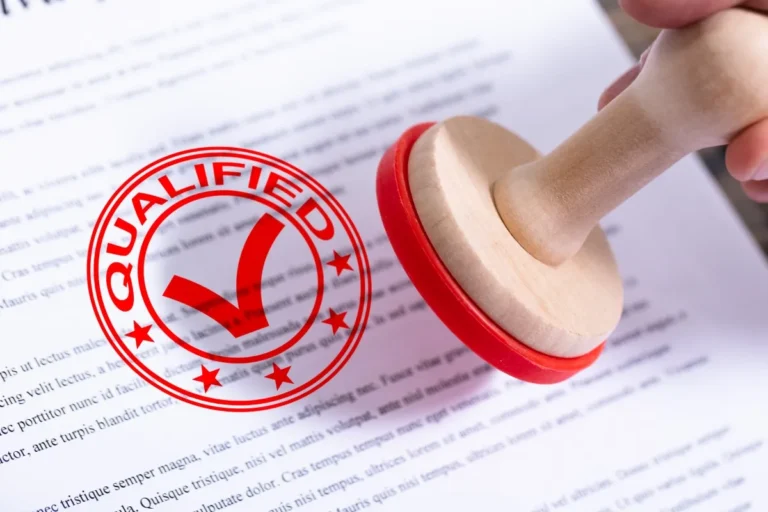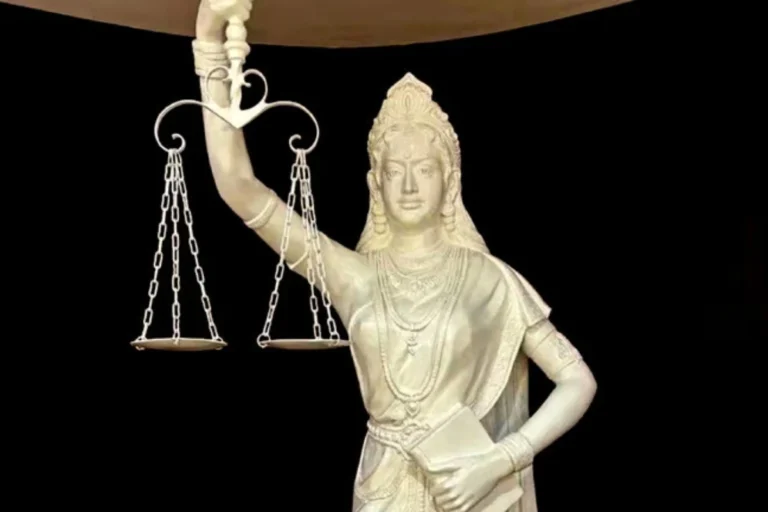How to File a Cheque Bounce Case in India: A Detailed Legal Review
Wondering how to file a cheque bounce case in India? If you’ve faced a situation where a cheque you deposited was dishonoured, you are entitled to initiate legal action under the Negotiable Instruments Act, 1881 (NI Act). Filing a cheque bounce case is a structured legal process that ensures justice for the payee while enforcing financial accountability. This detailed guide outlines the cheque bounce case process, legal formalities, statutory provisions, and the exact steps involved in filing a cheque bounce case in India.
Legal Foundation: Section 138 of the NI Act
Dishonour of a cheque is criminalized under Section 138 of the NI Act, added through an amendment in 1989. This provision was introduced to ensure the credibility of negotiable instruments and discourage the careless issuance of cheques without sufficient funds.
For an offence under Section 138 to arise:
- The cheque must have been issued for a legally enforceable debt or liability.
- The cheque should be presented to the bank within its validity period (currently three months).
- The bank should return the cheque unpaid due to insufficient funds or the amount exceeding the arrangement.
It is crucial to note that technical reasons like “signature mismatch” or “account closed” don’t automatically invoke Section 138 but may lead to civil proceedings or other criminal remedies.
How to File a Cheque Bounce Case: Step-by-Step Process

Learn how to file a cheque bounce case in India under the Negotiable Instruments Act, 1881. This step-by-step guide covers legal notice issuance, complaint filing, required documents, and timelines to ensure successful case registration.
1. Issuance of Statutory Legal Notice

• Upon dishonour of the cheque, the payee must send a legal notice for cheque bounce to the drawer within 30 days of receiving the return memo.
• The notice must demand the cheque amount and warn the drawer of legal consequences if payment is not made within 15 days.
• Service of notice is critical. As established in C.C. Alavi Haji v. Palapetty Muhammed (2007), service via registered post is presumed effective even if refused by the drawer.
2. Filing the Cheque Bounce Complaint

• If the drawer fails to make payment within 15 days, the payee can file a cheque bounce complaint within one month from the expiry of the notice period.
• The complaint must be filed before a Judicial Magistrate of First Class or a Metropolitan Magistrate with jurisdiction.
3. Understanding Cheque Bounce Case Jurisdiction

Earlier, jurisdiction was determined by the bank location of the drawer. However, after the 2015 Amendment and as clarified in Bridgestone India Pvt. Ltd. v. Inderpal Singh (2016), the payee’s bank location now determines jurisdiction, offering convenience to the complainant.
4. Documents Required for Cheque Bounce Case Filing

• Original dishonoured cheque.
• Bank’s cheque return memo.
• Copy of the legal notice served.
• Postal acknowledgment or delivery proof.
• An affidavit by the complainant attesting to the facts.
Under Section 145 of the NI Act, the complainant can provide evidence through an affidavit, reducing the burden of personal appearances during the trial.
5.Cheque Bounce Case Procedure in Court

• After filing the complaint, the Magistrate examines the complainant under Section 200 of the CrPC.
• If a prima facie case is established, the Magistrate issues a summons to the accused.
• Proceedings are usually conducted in summary trials under Section 143 of the NI Act for quick resolution.
6. Defence by the Accused

• The accused can rebut the presumption under Section 139 of the NI Act by presenting a likely defence.
Common defences include:
• The cheque was issued as security and not for any enforceable debt.
• The cheque was forged, stolen, or misused.
• The debt was already repaid or settled.
As clarified in Rangappa v. Sri Mohan (2010), the accused needs only to establish a probable defence and is not required to disprove the complainant’s case beyond a reasonable doubt.
Cheque Bounce Case Time Limit
- A legal notice must be issued within 30 days of dishonour.
- The complaint must be filed within one month from the expiry of the 15-day notice period.
- The cheque should be presented to the bank within three months of the date of issue.
Failing to meet these timelines can result in dismissal of the cheque bounce case.
Punishment and Settlement in Cheque Bounce Cases
- Upon conviction, the court may impose imprisonment up to two years, a fine up to twice the cheque amount, or both.
- Under Section 147 of the NI Act, offences are compoundable, allowing parties to settle even after proceedings have begun.
- The Supreme Court in Meters and Instruments Pvt. Ltd. v. Kanchan Mehta (2017) encouraged liberal application of compounding to reduce case backlogs and promote settlements.
Additional Civil Remedies for Cheque Bounce
- Alongside criminal proceedings, the payee can initiate a civil suit for money recovery.
- Summary suits under Order XXXVII of the Civil Procedure Code are preferred for faster recovery.
- These remedies provide avenues for asset attachment and enforcement of decrees.
Recent Legal Reforms Impacting Cheque Bounce Cases
- Sections 143-A and 148 (added via the 2018 Amendment) empower courts to order interim compensation during pending proceedings.
- These reforms aim to provide financial relief to complainants and streamline the cheque bounce litigation process.
Final Word from Your Constant Legal Guardian
Filing a cheque bounce case under Section 138 of the NI Act is a powerful legal tool to ensure accountability in financial transactions. While the law strongly protects the rights of payees, strict procedural compliance is essential. With recent reforms promoting faster case resolution and interim relief, the legal process has become more efficient.
At Aditya & Co. Advocates, we stand by your side as Your Constant Legal Guardian to guide you through every step of the cheque bounce case filing process. Our expert legal team ensures that your case is handled with precision and urgency.






